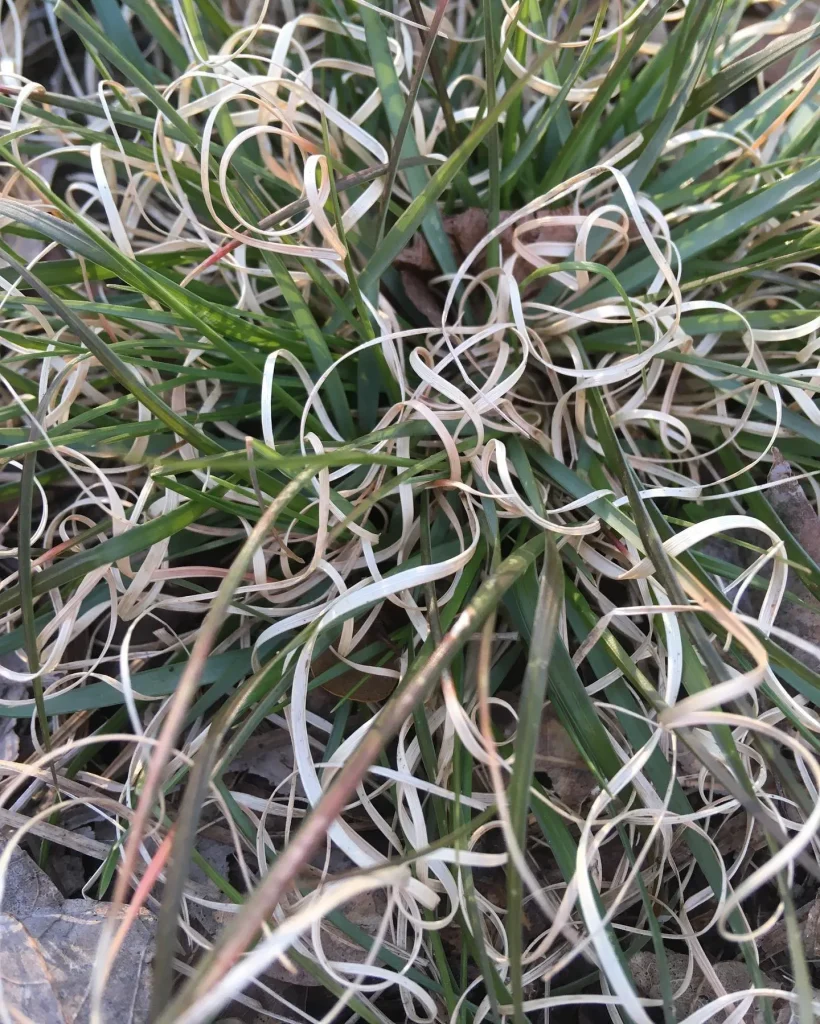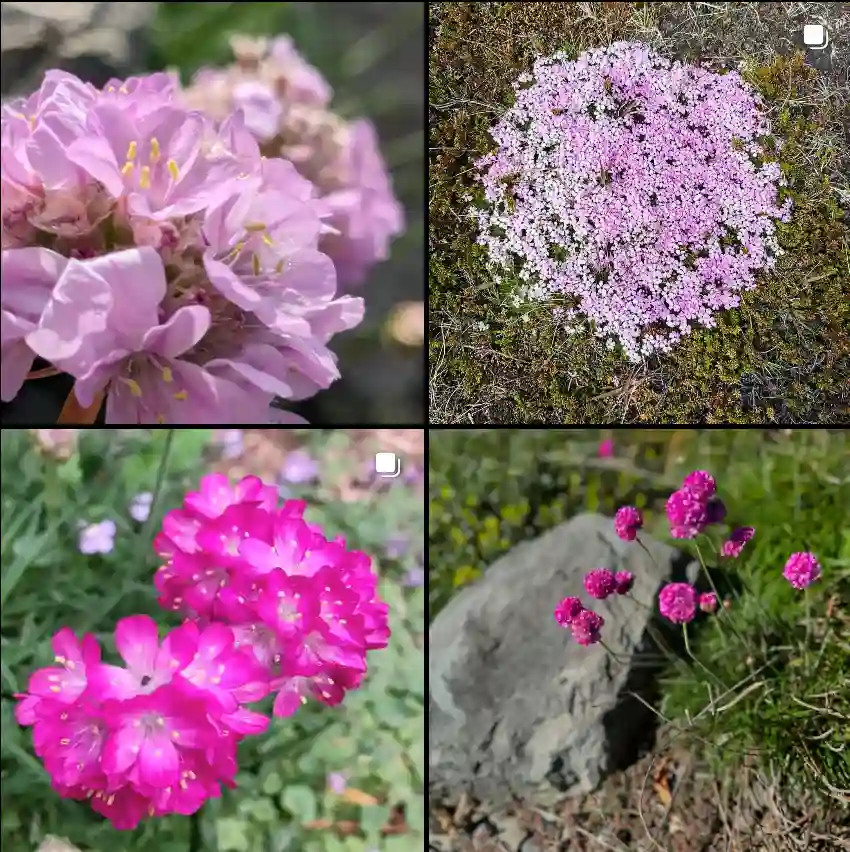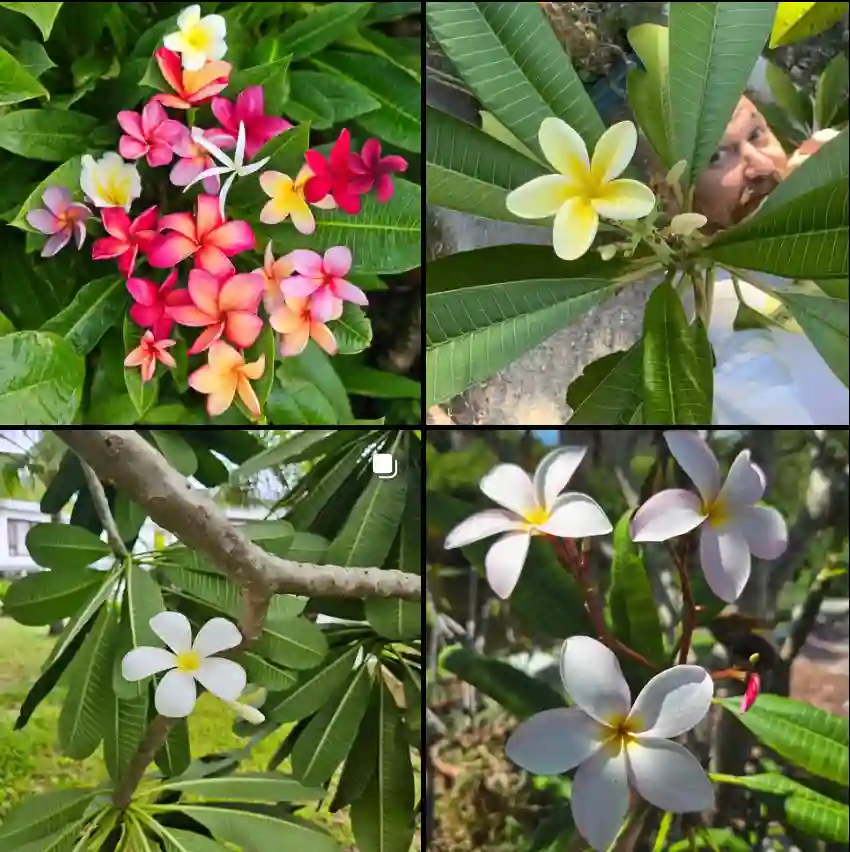FAQs About Chimaphila Umbellata
As a plant enthusiast, I’ve often found myself drawn to the unique qualities of various plants, and Chimaphila Umbellata has definitely piqued my interest. This intriguing plant, commonly known as pipsissewa or prince’s pine, belong to the Ericaceae family, offers both aesthetic appeal and medicinal benefits. In this article, I’ll delve into frequently asked questions about Chimaphila Umbellata, covering its uses, care, propagation, and more.
Plant Family: 121 Genera in Ericaceae
What is Chimaphila Umbellata Used For?
Chimaphila Umbellata has a rich history in herbal medicine. Traditionally, it has been used to treat a variety of ailments. Its leaves contain compounds that can help alleviate urinary tract infections and promote kidney health. I’ve read accounts of herbalists recommending it for its anti-inflammatory properties, which can be beneficial for those with joint pain. Additionally, it’s often used in teas and tinctures for digestive issues. It’s fascinating to see how a single plant can have such diverse applications!
How to Care for Chimaphila Umbellata?
Caring for Chimaphila Umbellata is relatively straightforward, making it a great choice for both novice and experienced gardeners. This plant thrives in well-draining, acidic soil and prefers partial to full shade. I’ve found that keeping it in a spot with filtered sunlight helps maintain its vibrant green leaves.
Watering is crucial; I typically ensure the soil remains consistently moist but not soggy. Overwatering can lead to root rot, which I learned the hard way! During the growing season, a diluted liquid fertilizer can promote healthy growth, but be cautious—too much fertilizer can damage the roots.
How to Propagate Chimaphila Umbellata?
Propagation of Chimaphila Umbellata can be done through seeds or division. I’ve had the most success with division, especially since it allows you to create new plants from established ones. In early spring, I carefully dig up a mature plant and separate the roots into smaller sections, ensuring each has enough roots and foliage. After replanting in suitable conditions, I’ve watched them flourish in their new homes.
What to Plant With Chimaphila Umbellata?
If you’re considering companions for Chimaphila Umbellata, look for other shade-loving plants. I’ve enjoyed pairing it with ferns and hostas, which provide a lush, green backdrop. Groundcovers like creeping thyme or ajuga also work well, adding color and texture without overshadowing the delicate beauty of Chimaphila Umbellata.
Can You Grow Chimaphila Umbellata Indoors?
While Chimaphila Umbellata is predominantly an outdoor plant, it can be grown indoors under the right conditions. I’ve found that placing it in a bright, indirect light area works best. It’s important to maintain humidity, as this plant thrives in moist environments. A small humidifier nearby or a pebble tray filled with water can help create a suitable atmosphere.
Is Chimaphila Umbellata Toxic?
One of the great aspects of Chimaphila Umbellata is that it is non-toxic to humans and pets. This has made it a safe choice for my home and garden. However, it’s always wise to monitor pets and children around any plant, just to be cautious.
What Are the Benefits of Chimaphila Umbellata?
Beyond its medicinal uses, Chimaphila Umbellata provides numerous benefits. It’s a resilient plant that contributes to biodiversity in shady areas of gardens. Its evergreen leaves can add a touch of greenery even in winter. I appreciate how it attracts beneficial insects, which helps maintain a healthy ecosystem in my garden.
Common Problems with Chimaphila Umbellata
While Chimaphila Umbellata is generally low-maintenance, it can face a few issues. Overwatering is the most common problem, leading to root rot. I’ve also noticed that poor air circulation can lead to fungal issues. Keeping the plant in a well-ventilated area has helped mitigate this problem for me.
Comparing Chimaphila Umbellata with Similar Plants
Chimaphila Umbellata is sometimes confused with other groundcovers like wintergreen (Gaultheria procumbens) or bearberry (Arctostaphylos uva-ursi). While all share a preference for acidic soils and shady locations, their uses and appearances differ. Chimaphila Umbellata boasts distinctive whorled leaves and white flowers, while wintergreen has aromatic leaves and red berries. In my experience, understanding these differences can enhance your gardening choices.
In conclusion, Chimaphila Umbellata is a remarkable plant with a variety of uses and benefits. Whether you’re interested in its medicinal properties or simply want to add a unique touch to your garden, this plant is worth considering. Through my experiences, I hope to inspire others to explore the potential of Chimaphila Umbellata in their own gardens.
If i die, water my plants!



